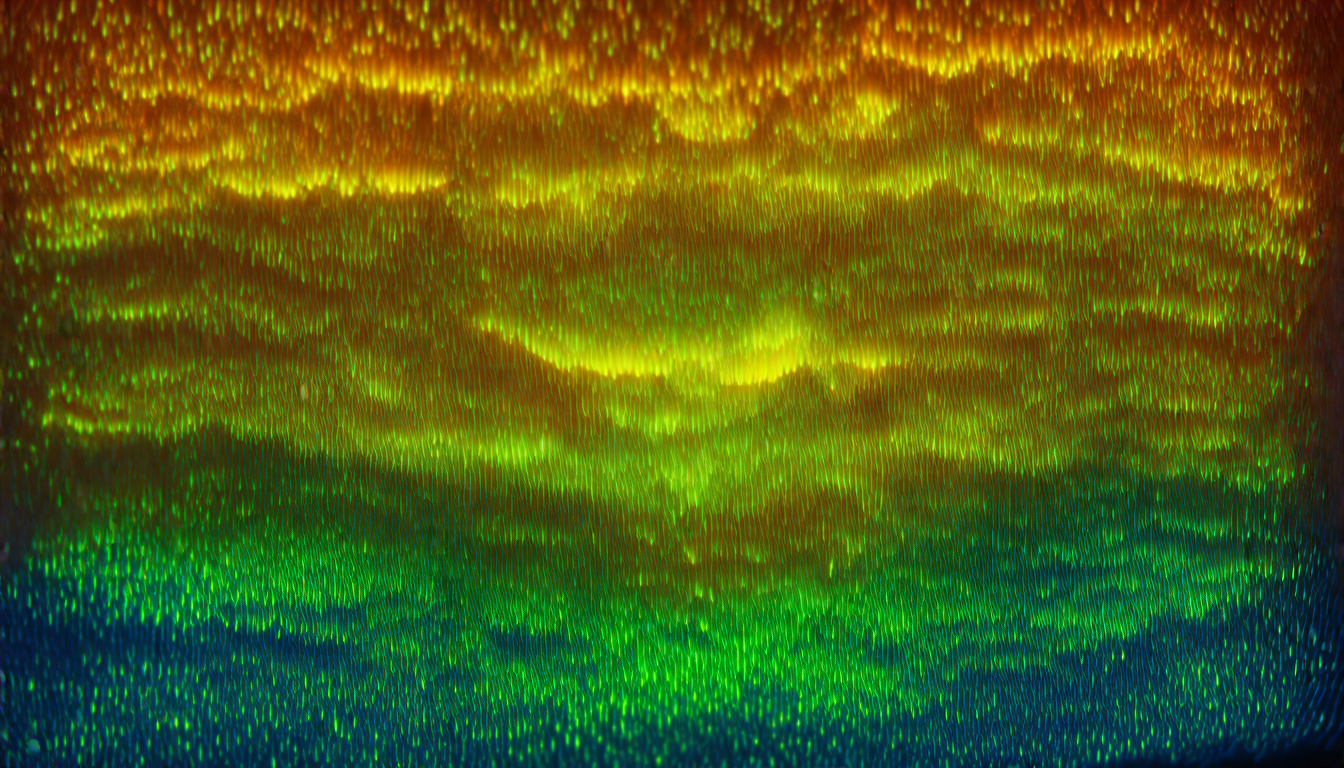For any cultivator who wants better mushroom cultivation, knowing magic mushroom spores genetics is key. The genes in each spore drive growth, strength, and overall mushroom quality. Whether you are new or experienced, exploring spore genetics can give you more yield, steadier results, and better mushroom types.
In this article, we explore the genetic mix of magic mushroom spores, explain why genes matter in growing mushrooms, and give tips to use these ideas well.
What Are Magic Mushroom Spores Genetics?
Magic mushrooms (often Psilocybe cubensis) use spores to reproduce. Each spore holds the genes that shape a mushroom’s traits. In short, magic mushroom spores genetics are the instructions in the spores that guide growth speed, strength (psilocybin levels), cap shape, color, and how well they grow in different settings.
Every spore has a mix of genes from the parent mushroom. This mix creates large diversity even in spores from the same parent. This gene variety lets growers pick mushrooms with traits that suit their needs.
Why Magic Mushroom Spores Genetics Matter for Growers
Knowing the genes in magic mushroom spores can really boost cultivation:
- Close results: Gene insights help identify spores that grow the same way each time.
- Better strength: Pick spores from strains known for high psilocybin.
- Hardiness: Some spores work better in certain climates or substrates.
- Clean growth: Some genetic lines resist contaminants better.
Studying spore genetics gives you the power to sharpen your growing approach, yielding robust, quality crops.
Key Genetic Traits in Magic Mushroom Spores to Consider
When you study magic mushroom spores genetics, watch for these traits:
- Psilocybin Content: This trait shows the mushroom’s strength. It matters for medicinal or research use.
- Growth Rate: Fast-growing mycelium means less waiting.
- Environmental Tolerance: The ability to live in different temperature and humidity levels.
- Morphological Characteristics: Traits like cap size, shape, color, and sturdy stems.
- Contamination Resistance: Genes that help fight molds and bacteria.
Choose traits that match your growing goals and local conditions.
How to Select and Use Magic Mushroom Spores Based on Genetics
Selecting spores by their genes is not as easy as picking plant seeds. However, you can use these steps:
Source from Reputable Suppliers
Buy spores from suppliers who share strain details and genetic background. These suppliers often document the strain history so you know what traits to expect.
Conduct Spore Swabbing and Germination Tests
Take spores from healthy mushrooms. Grow small cultures first. This helps reveal traits like how fast the mycelium grows and if it fights contaminants before you scale up.

Clone and Isolate Desirable Genetics
When you see a culture with good traits, clone it. Cloning locks in the traits you like so they appear again and again.
Cross-Breeding for New Traits
Advanced growers sometimes crossbreed strains. They mix spores to combine good traits. This method needs care because mushroom life cycles are complex.
Tips for Managing Genetic Variability in Spore-Based Cultivation
Each spore is unique, so not all mushrooms will be the same—even from one spore batch. Here are some easy tips:
- Use Monokaryotic Cultures: Begin with a single spore to get a uniform culture.
- Perform Regular Selection: Pick the best mushrooms and keep growing from them.
- Maintain Optimal Cultivation Conditions: The genes show well when temperature, humidity, and substrate quality are ideal.
Potential Challenges in Working with Magic Mushroom Spores Genetics
Even though gene knowledge helps, there are challenges:
- Legal Restrictions: In many places, spores and their cultivation face strict rules.
- Complex Genetics: Magic mushrooms have complex life cycles that make gene work tricky.
- Contamination Risk: Some gene lines may be more vulnerable to infections.
- Genetic Drift Over Time: Without care, traits may change over generations.
Stay alert on legal matters and keep clear records of your breeding work.
Authoritative Perspectives on Magic Mushroom Genetics
Research on the genetics of Psilocybe cubensis and similar species is growing. Studies in the Journal of Fungal Biology show that psilocybin biosynthesis has deep genetic roots. These insights open new ways for strain selection and improvement.
These advances hint at a future where genetics guide mushroom cultivation in medicine, research, and safe recreational use.
Quick Tips for Magic Mushroom Growers Focused on Genetics
- Research the strain’s genetic background before you buy.
- Start cultures with many spores and pick the best genes.
- Isolate single spores to build pure lines.
- Use cloning to keep strong genetics steady.
- Record each strain’s performance and traits.
FAQ: Magic Mushroom Spores Genetics
Q1: What is the difference between magic mushroom spores genetics and mushroom genetics?
Magic mushroom spores genetics are the genes inside the spores that decide future traits. Mushroom genetics cover the full gene profile of the mature mushroom.
Q2: Can I predict the potency of a magic mushroom by its spore genetics?
Genes do influence strength, but you cannot predict exact psilocybin levels with spores alone. The growing environment also matters a lot.
Q3: How can I stabilize genetics in magic mushroom cultivation?
Stabilize genetics by isolating and cloning strong strains. Regularly choose mushrooms with desired traits and avoid mixing spores from different strains.
Conclusion: Harness the Power of Magic Mushroom Spores Genetics
Understanding magic mushroom spores genetics can change your cultivation game. By learning how genes shape mushroom traits, picking the right spores, and using careful growing and breeding methods, you can boost your results.
Are you ready to control your mushroom genetics and grow the best harvest? Begin by getting high-quality spores from trusted sellers, try single-spore isolations, and track your progress. The future of mushroom growing is about genes—embrace this approach and see your cultivation thrive.

Leave a Reply